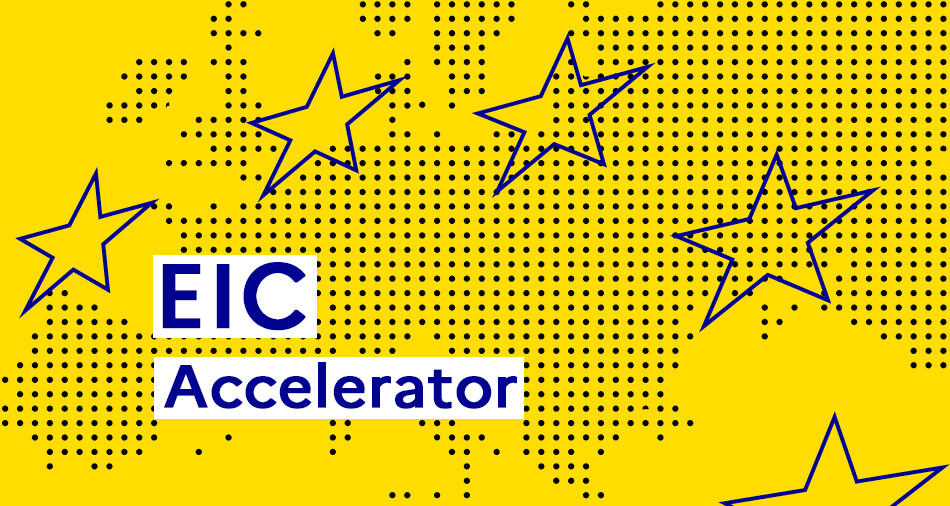ExpectedOutcome:
This activity is expected to enhance our understanding of the cloud-aerosol interactions and their impacts in the Earth system and to include developing advanced algorithms as well as high-resolution models to better reproduce realistic cloud phase and structures, its interactions with different types of aerosols and their radiative impacts.
Project results are expected to contribute to all of the following outcomes:
- Enhanced large community effort in Europe to bring together the latest advances in science, modelling, in situ, ground-based, oceanic, and airborne remote sensing as well as satellite observations to tackle the complex cloud-aerosol interactions.
- Improved Earth systems models and better long-term climate projections, and/or climate prediction, in particular at seasonal and decadal time scales.
- Better understanding of convective systems leading to improved predictions of extreme events.
- Reduced uncertainties in climate models through a better representation of cloud formation, aerosol-cloud interaction, and their combined radiative properties.
- Use and assimilation of aerosol and cloud products from novel satellites (e.g. Earth CARE[1], MetOp-SG[2]) for climate model improvement and validation and/or weather predictions.
- Contribution to IPCC assessments and other outputs by addressing this major knowledge gap in the Earth system and important source of uncertainty in climate models.
Scope:
The challenge of this topic is to improve the representation of cloud life cycle, aerosol-cloud interactions and chemistry, cloud vertical structures, and the radiative properties of the various aerosol and cloud types that is the largest source of uncertainty in today’s climate models, and represent an important knowledge gap in Earth system and climate science, and in the Earth radiation budget in particular. This requires better understanding of multiple scattering of radiation within the three-dimensional structure of clouds and different direct and indirect effects of aerosols on radiative transfer. It will lead also to a strengthened understanding of mechanisms through which clouds and aerosols significantly modify the planetary albedo and Earth-radiation budget. The science of cloud formation and its impact on climate should be advanced through an integrated use of in situ and satellite observations in high-resolution models which reproduce realistic cloud structures and their radiative properties.
The projects should address this challenge through:
- Making use of new and existing, in situ and satellite measurements, including reanalysis, new parameters such as water isotope composition, and laboratory experiments, in combination with new analysis methods, to advance the scientific understanding of the complex interactions between aerosols, clouds and climate at a fundamental level.
- Developing novel descriptions of fundamental sub-grid scale aerosol and cloud processes in Earth System models to better represent the radiative and precipitation properties of various aerosol and cloud types in the models.
- Linking aerosol and cloud processes to hydrologic cycle and advancing understanding of their role for evaporation and precipitation in nature and models.
- Enhancing the systematic and coordinated collection and use of ground-based or airborne observing systems from relevant existing networks (e.g. Earlinet, Aeronet, ACTRIS). These datasets will also be critical to enhance satellite retrievals and validation of cloud and aerosols parameters.
- Coordinating with the satellite community where needed e.g. Metop-SG, especially for supporting the validation needs of new missions such as ESA’s EarthCARE.
- Establishing in the course of the projects wide-open access to the observation data produced within relevant measurement network databases (e.g. ACTRIS).
- Contributing to assimilation of cloud data in climate models from the “40 years” record of satellite data available and other means of cloud observations.
This topic is part of a coordination initiative between the European Space Agency (ESA) and the EC on Earth System Science. Under the EC-ESA Earth System Science Initiative, both institutions aim at coordinating efforts to support complementary collaborative projects, funded on the EC side through Horizon Europe, and on the ESA side through the ESA FutureEO programme as part of the ESA Atmosphere Science Cluster[3] and relevant ESA activities related to the use of the EarthCARE mission.
Proposals should address the collaboration with ongoing or future ESA Atmosphere Science Cluster projects, including those that will be funded through dedicated coordinated invitations to tender, and should towards this end include sufficient means and resources for effective coordination.
When dealing with models, actions should promote the highest standards of transparency and openness, as much as possible going well beyond documentation and extending to aspects such as assumptions, code and data that is managed in compliance with the FAIR principles[4]. In addition, full openness of any new modules, models or tools developed from scratch or substantially improved with the use of EU funding is expected. Projects should take into account, during their lifetime, relevant activities and initiatives for ensuring and improving the quality of scientific software and code, such as those resulting from projects funded under the topic HORIZON-INFRA-2023-EOSC-01-02 on the development of community-based approaches.
[1]EarthCARE - Earth Online (esa.int)
[2]Metop - Second Generation | EUMETSAT
[3]https://eo4society.esa.int/communities/scientists/esa-atmosphere-science-cluster/
[4]FAIR (Findable, Accessible, Interoperable, Reusable).





